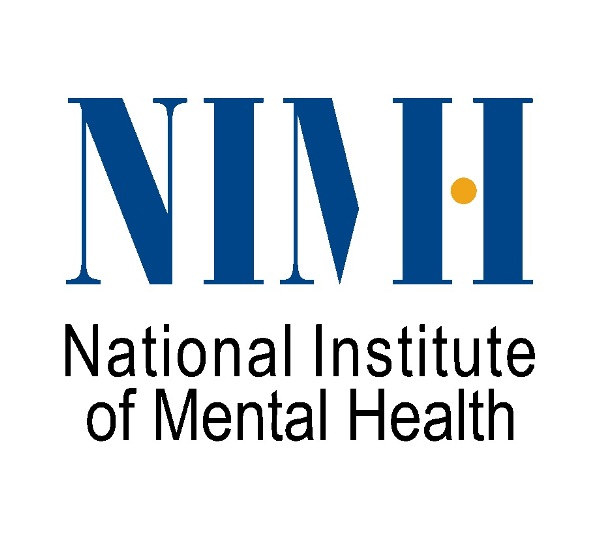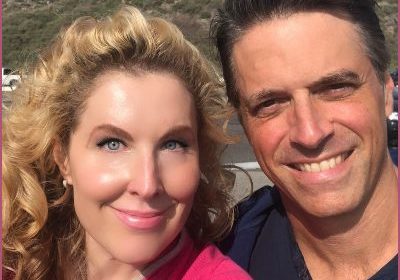A new NIMH study reveals that national suicide prevention services are unable to cope with the increased call volumes especially after a celebrity suicide death!
After the spate of recent celebrity suicide deaths and the rise in such cases over the last few years, the stress on suicide prevention services has increased tremendously.
They are now unable to cope with the increased demand. A study carried out by a team of researchers related to this has been published.
The revelation of a recent study
A team of researchers conducted a recent survey about the adequacy of suicide prevention services in recent years.
The researchers published their findings in the journal Psychiatric Services. They state that the USA lacks resources to meet the raised demand for the suicide prevention support required after the celebrity suicides which are on the rise.
This study was conducted by a group of researchers which also included those attached to the National Institute of Mental Health (NIMH) which is a part of the National Institutes of Health. The research has revealed that suicide prevention hotlines lack funds.
They are in dire need of additional funds and there is an additional need to use the allocated funds efficiently. The services see an increase in call volumes and these need special contingency plans to accommodate them. This rise in call volumes is particularly noted in the first two days after a celebrity suicide death occurs.
Suicide deaths in the USA
Studies have revealed that suicide is the second-largest cause of death among the young in the USA. This is high in the 10-34 years age group. This suicide rate continues to increase despite various efforts to bring it down. This suicide rate is higher in the spring and early summer. Besides these two spikes, there are also sudden surges when a celebrity suicide death occurs. It is more when this death is highly publicized by the media.
After a celebrity’s suicide death, suicides in the general public also increased, and nearly 2/3rds of the cases that died immediately after the celebrity’s death used the same mode to kill themselves as the dead celebrity.

After the celebrity suicide, there was a 300% increase in calls to the prevention centers. However, the load was difficult to manage and led to a decrease in the number of answered calls. Hence the suicide squads are unable to cope with the increased call traffic after the celebrity suicides. This could be disastrous and one can avoid many preventable deaths with a sufficient capacity of the squad to take every call it receives and efficiently.
The expert opinions on the present scenario
Experts feel that the national concerned departments need to do something to overcome the problems of suicide prevention services. The director of NIMH, Joshua A. Gordon says:
“Suicide prevention is a significant public health concern and a top priority for NIMH,”
“This study highlights the importance of the National Suicide Prevention Lifeline and other crisis mental health services, and the need to build surge capacity of these services that could help save lives.”

Jane Pearson, chair of the Suicide Research Consortium in NIMH’s Division of Services and Intervention Research says:
“Crisis mental health services, such as suicide prevention hotlines and websites, provide effective counseling and vital resources for people in suicide distress. We need to ensure these services have sufficient resources to serve the public 24/7, especially in times of increased demand,”
Source: NIH




